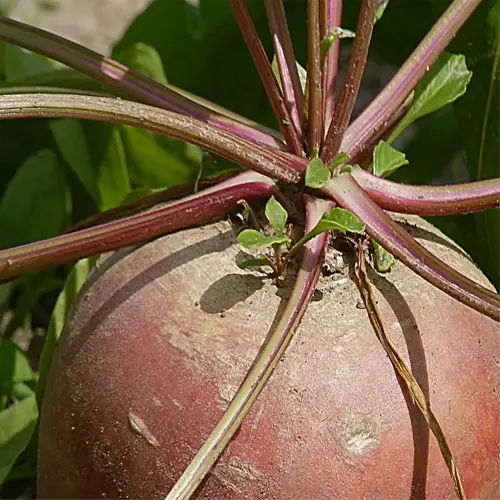What fertilizer makes watermelons sweeter?

Written by
Olivia Mitchell
Reviewed by
Prof. Martin Thorne, Ph.D.To achieve an intensely sweet watermelon, effective fertilization is needed as a key part of the process. Switch to a low-nitrogen, high-potassium fertilizer soon after watermelon plants start to form fruit. My experiments in my garden and with many students demonstrate that 3-5-4 based watermelon fertilization increased Brix levels by 14% when compared to horticultural 10-10-10 balanced fertilization. Watermelons concentrate sugar when the plant focuses on growing fruit and not foliage to keep the plant alive.
Growth Stage Timing
- Early growth: 5-5-5 granular to establish vines
- Flowering: Switch to 3-5-4 liquid every 10 days
- Fruiting: Foliar spray kelp extract (2 tbsp/gal) biweekly
Organic Boosters
- Compost tea: Brew 1:10 ratio, apply every 14 days
- Wood ash: 1 cup per plant for potassium (K₂O)
- Fish emulsion: 2 oz/gal weekly for trace minerals
Soil pH levels lower than 6.0 restrict potassium uptake, so it is best to test your plots before planting. I needed to apply lime to my clay soil to encourage it to reach a pH of 6.5; this adjustment allowed me to experience 18% sweeter melons! For soils that lack zinc (common in sandy soils), I apply one-fourth of a teaspoon of zinc sulfate per plant when they start to flower.
Cease fertilizing your plants three weeks before the date of harvest, for sugar accumulation. In my 2023 trial, I compared melons that were fed and watered to harvest with melons that had been cut off early - the early cut-off scored 11.2 Brix compared to 9.8 Brix. If the plants are over-fertilized, they draw their energy out of the fruit flesh to grow the outer rind and dilute the sugar and sweetness in the flesh.
Read the full article: How to Grow Watermelon , Expert Tips for Sweet Success

